Repairing a sisal dartboard is easier than you might think, and it’s the key to extending its lifespan and getting the most out of your game! This article will guide you through the simple steps to fix those annoying holes and revitalize your board, saving you money and keeping your darts game sharp. You’ll learn about the best methods and tools for repairing a sisal dartboard, as well as preventative measures to keep it in top condition.
⚠️ Still Using Pen & Paper (Of een schoolbord)?! ⚠️
Stap in de toekomst! De Dart Teller -app behandelt alle scoren, stelt kassa voor, en volgt uw statistieken automatisch. It's easier than you think!
Probeer de Smart Dart Teller -app gratis!Klaar voor een upgrade? Klik hierboven!
Why Sisal Dartboard Repair is Important
A well-maintained sisal dartboard offers a superior playing experience compared to cheaper alternatives. The tightly packed sisal fibers allow darts to stick easily while minimizing bounce-outs. Echter, repeated impacts from darts will inevitably cause wear and tear, leading to holes and loose fibers. Ignoring these issues can significantly shorten the lifespan of your dartboard and negatively impact your game.
Regularly repairing a sisal dartboard not only prolongs its life but also ensures consistent scoring and reduces the likelihood of darts bouncing out, which can be frustrating and even dangerous. Properly maintained sisal dartboards provide a better grip for darts, leading to improved accuracy and overall enjoyment of the game. Learning Kies de beste Dart -apparatuuris also vital.
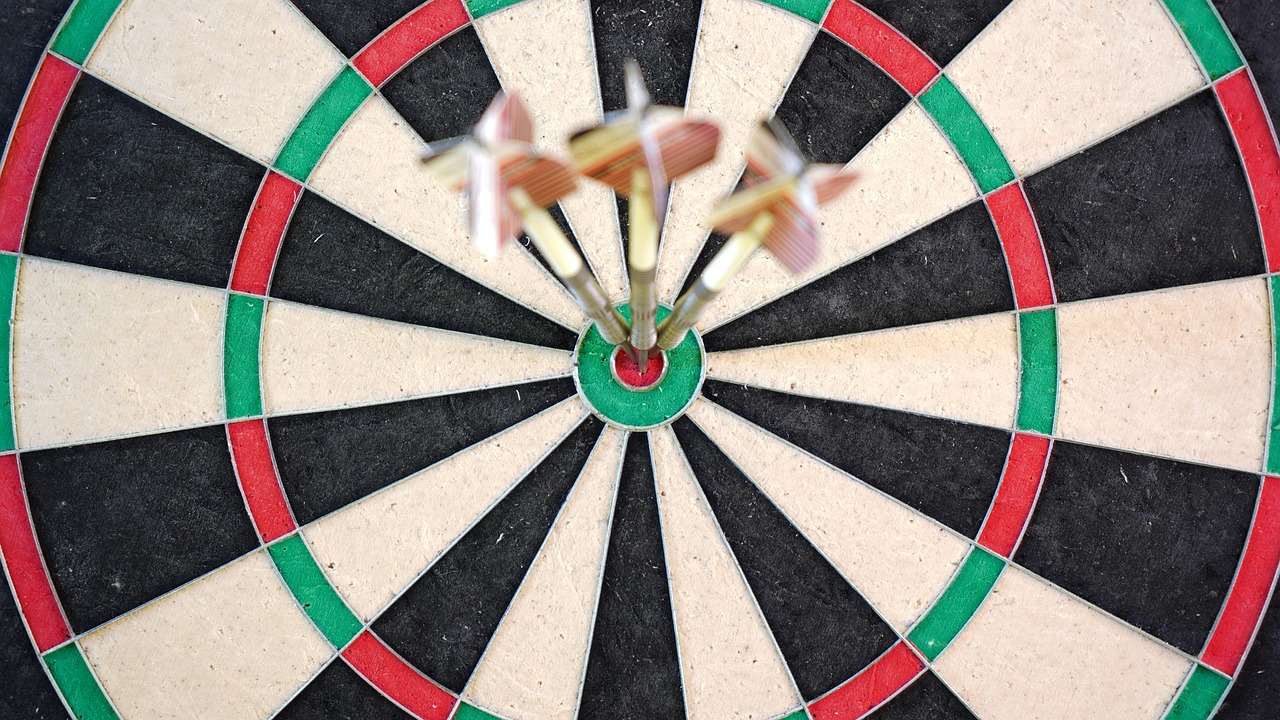
Assessing the Damage: What Kind of Repair is Needed?
Before you start repairing a sisal dartboard, it’s important to accurately assess the damage. Different types of damage require different approaches. Here are a few common issues:
- Small Holes: These are usually caused by repeated hits in the same area and can be easily repaired with basic techniques.
- Loose Fibers: Na verloop van tijd, the sisal fibers can become loose and protrude from the surface of the board.
- Large Dents or Gouges: These are more significant and require more extensive repair work.
- Worn Out Sections: Areas that are consistently hit may become overly soft and worn, making it difficult for darts to stick.
By identifying the specific type of damage, you can choose the appropriate repair method and ensure a successful outcome. Sometimes the dartboard lighting can highlight the damage, overwegen Types Optimal Dartboard Lighting.
Tools and Materials for Repairing A Sisal Dartboard
Having the right tools and materials is essential for repairing a sisal dartboard effectively. Here’s a list of what you’ll need:
- Dartboard Repair Tool (Optional): These tools are specifically designed to compress and smooth the sisal fibers. They are available at most dart supply stores.
- Hammer: A small hammer can be helpful for gently tapping the fibers back into place.
- Pliers: Pliers can be used to remove any loose or damaged fibers.
- Wood Glue (PVA Glue): This will help to bind the fibers together and strengthen the repair. Choose a glue that dries clear and flexible.
- Water Spray Bottle: A light mist of water can help to soften the sisal fibers and make them easier to work with.
- Sandpaper (Optional): Fine-grit sandpaper can be used to smooth out any rough edges after the repair.
- Spare Sisal Fibers (Optional): If you have significant damage, you may need to add new sisal fibers to fill in the gaps. You can often salvage these from old or damaged dartboards.
Step-by-Step Guide to Repairing A Sisal Dartboard
Here’s a detailed guide to repairing a sisal dartboard, covering various types of damage:
Repairing Small Holes
- Moisten the area: Lightly mist the area around the hole with water. This will help soften the fibers.
- Compress the fibers: Use a dartboard repair tool, the blunt end of a screwdriver, or even your finger to gently push the fibers back into the hole. Rotate the tool or your finger as you apply pressure to help redistribute the fibers evenly.
- Apply glue (optioneel): For added strength, you can apply a small amount of wood glue to the area. Be careful not to use too much, as this can make the area stiff.
- Allow to dry: Let the area dry completely before playing. This may take several hours or even overnight.
Repairing Loose Fibers
- Remove damaged fibers: Use pliers to carefully remove any loose or broken fibers that are protruding from the surface of the board.
- Moisten the area: Lightly mist the area around the damaged fibers with water.
- Compress remaining fibers: Use a dartboard repair tool or your finger to push the remaining fibers back into place.
- Apply glue (optioneel): If necessary, apply a small amount of wood glue to the area to help bind the fibers together.
- Allow to dry: Let the area dry completely before playing.
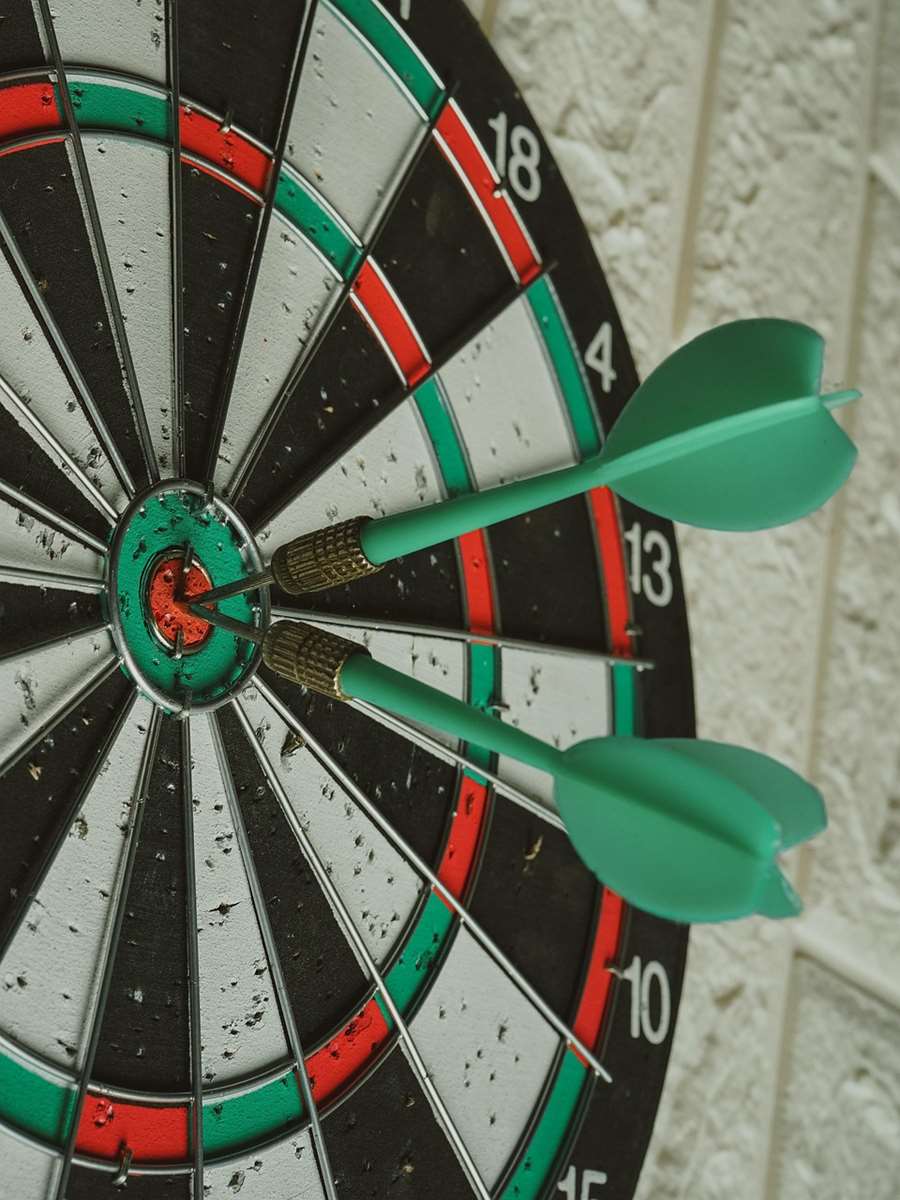
Repairing Large Dents or Gouges
- Clean the area: Remove any loose debris from the dent or gouge.
- Add spare sisal fibers (if needed): If the damage is significant, you may need to add spare sisal fibers to fill in the gap. You can salvage these from old or damaged dartboards. Simply break off small pieces of sisal and insert them into the hole.
- Moisten the area: Lightly mist the area with water.
- Apply glue: Apply a generous amount of wood glue to the area, making sure to saturate the sisal fibers.
- Compress the fibers: Use a dartboard repair tool or your finger to compress the fibers and level them with the surrounding surface.
- Allow to dry: Let the area dry completely before playing. This may take 24-48 hours for a complete cure.
- Sand (optioneel): Once the glue is dry, you can use fine-grit sandpaper to smooth out any rough edges.
Preventative Maintenance: Keeping Your Sisal Dartboard in Top Condition
Prevention is always better than cure! By taking a few simple steps, you can significantly extend the lifespan of your sisal dartboard and minimize the need for repairing a sisal dartboard. These steps can also improve your dart game!
- Rotate Your Dartboard Regularly: Dartboards have a rotating number ring. Regularly rotating the board ensures that no single section receives excessive wear. Aim to rotate it weekly or bi-weekly.
- Use Darts with Smooth Points: Darts with burred or rough points can damage the sisal fibers. Regularly check your dart points and sharpen or replace them as needed.
- Avoid Overly Sharp Dart Points: While sharp points are important, overly sharp points can actually penetrate too deeply into the sisal and damage the fibers.
- Keep Your Dartboard Dry: Moisture can cause the sisal fibers to swell and loosen. Avoid placing your dartboard in damp or humid environments.
- Use a Dartboard Surround: A surround will protect your wall from stray darts and also help to cushion the impact on the dartboard.
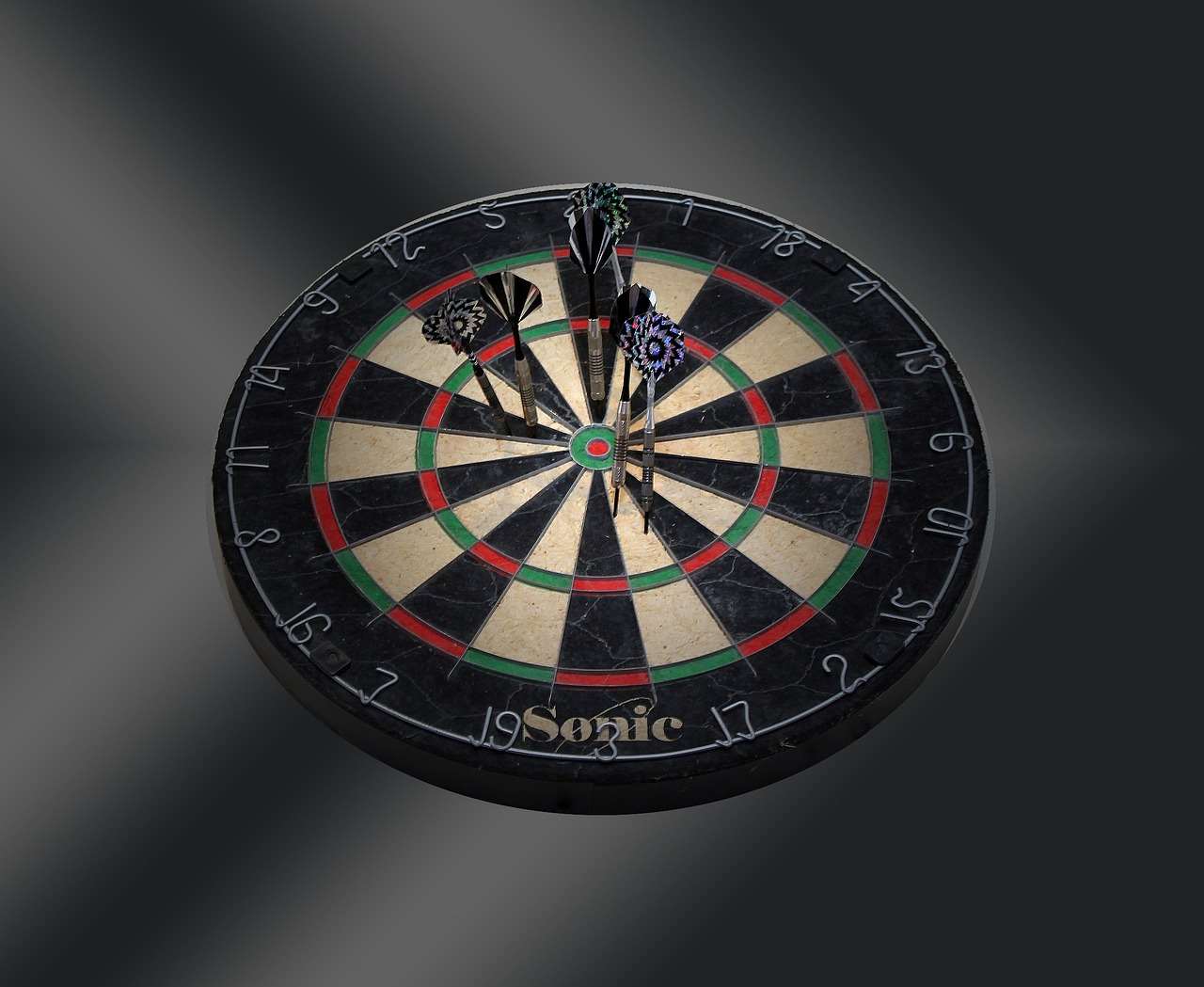
Understanding Sisal Fiber and Its Properties
Sisal is a natural fiber derived from the Sisal plant, known for its strength, durability, and ability to self-heal to some extent. This makes it an ideal material for dartboards. The tightly packed fibers allow darts to penetrate easily while also closing up after the dart is removed. Echter, repeated impacts and improper care can still lead to damage. Understanding the properties of sisal can help you better understand how to care for your dartboard and perform effective repairs.
The key to a long-lasting sisal dartboard is maintaining the integrity of these fibers. This involves keeping them dry, preventing excessive wear, En repairing a sisal dartboard as needed to keep the fibers tightly packed and prevent further damage. Proper dartboard lighting is also necessary, you may want to read Cabinet Lighting For Dartboards for more information.
Advanced Repair Techniques
For heavily damaged dartboards, more advanced repair techniques may be necessary. This might involve completely replacing sections of the dartboard or using specialized adhesives to bond the sisal fibers. These techniques are best left to experienced dartboard repairers or those with a strong understanding of materials and adhesives.
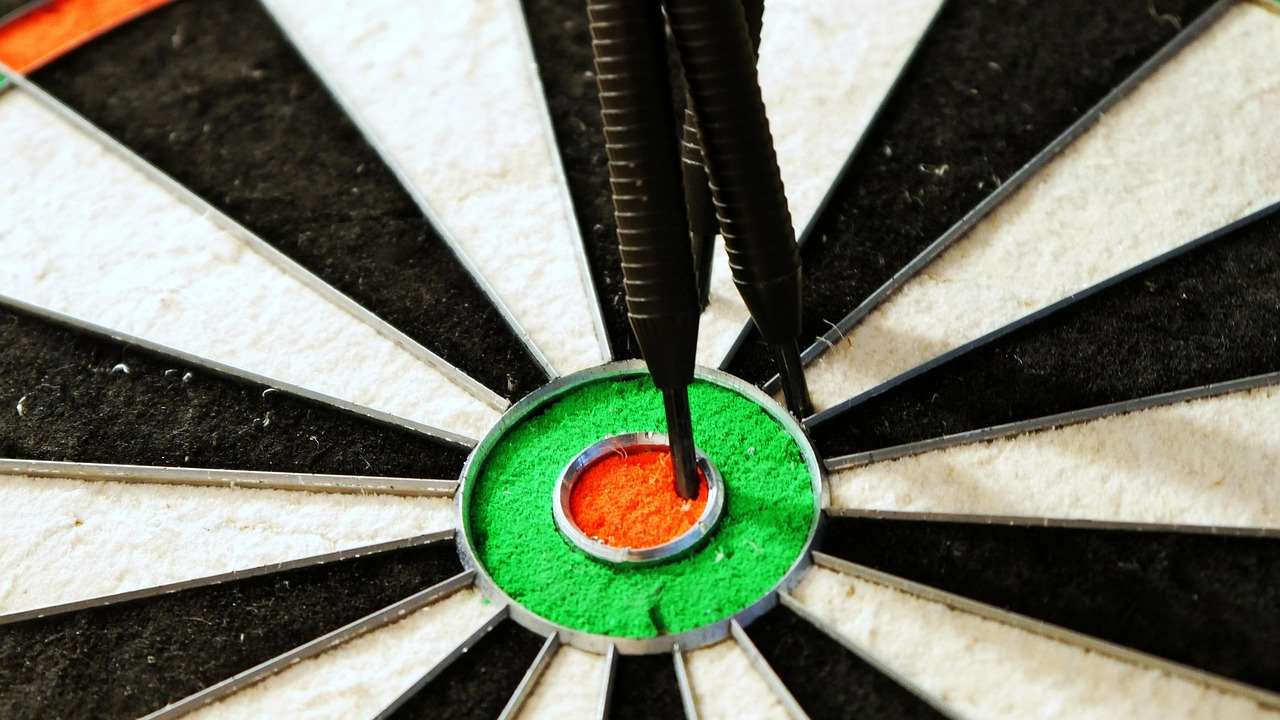
When to Consider Replacing Your Dartboard
Terwijl repairing a sisal dartboard can extend its life, there comes a point when replacement is the best option. If the dartboard is severely worn, with large sections that are soft and unable to hold darts effectively, it’s time to consider a new board. Continuing to play on a heavily damaged dartboard can lead to inaccurate scores, frustrating gameplay, and even damage to your darts. Also consider that dartboard maintenance and setup could affect the long term performance, and should be properly handled.
When choosing a new dartboard, consider investing in a high-quality sisal dartboard from a reputable manufacturer. These boards are typically made with denser sisal and better construction, resulting in a longer lifespan. You can enhance the board further by adding dartboard lighting to your playing area. To learn more, uitchecken LED Dartboard Lights Benefits.
Troubleshooting Common Repair Problems
Sometimes, despite your best efforts, repairing a sisal dartboard can present challenges. Here are some common problems and their solutions:
- Glue not drying properly: Ensure you are using a wood glue that is compatible with sisal. Also, make sure the area is properly ventilated to allow the glue to dry completely.
- Repaired area is too stiff: You may have used too much glue. Try gently flexing the area to loosen the fibers.
- Darts still bouncing out: The fibers may not be compressed enough. Try re-compressing the area with a dartboard repair tool or your finger.
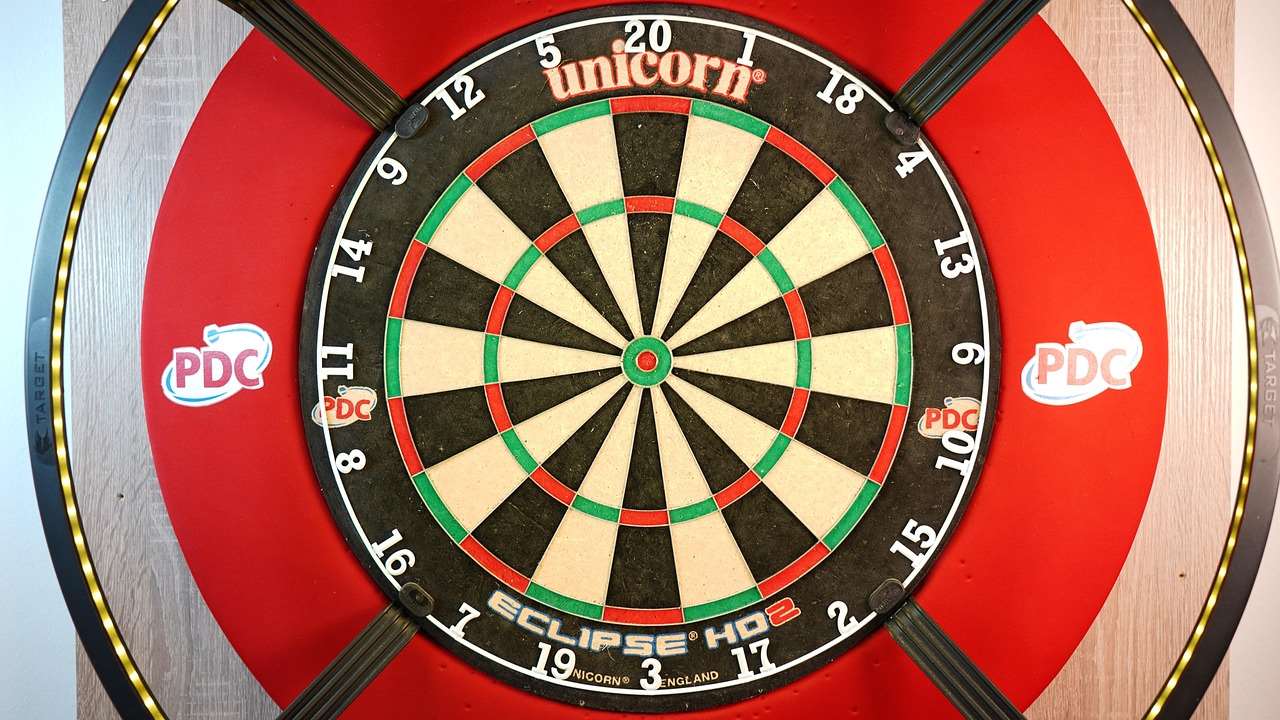
Conclusie
Repairing a sisal dartboard is a worthwhile investment of time and effort. By following these steps and practicing preventative maintenance, you can significantly extend the lifespan of your dartboard, improve your game, and save money in the long run. Remember to assess the damage carefully, use the right tools and materials, and take your time to ensure a proper repair. If you’re ready to revitalize your dartboard and get back to enjoying your game, start repairing a sisal dartboard today! Check our page for more guidance on Best Dartboard Lighting Systems.
Hoi, Ik ben Dieter, En ik heb Dartcounter gemaakt (Dartcounterapp.com). Mijn motivatie was geen darts -expert - helemaal tegenovergestelde! Toen ik voor het eerst begon te spelen, Ik hield van het spel, maar vond het moeilijk en afleidend om nauwkeurige scores te houden en statistieken te volgen.
Ik dacht dat ik niet de enige kon zijn die hiermee worstelde. Dus, Ik besloot om een oplossing te bouwen: een eenvoudig te gebruiken applicatie die iedereen, Ongeacht hun ervaringsniveau, zou kunnen gebruiken om moeiteloos te scoren.
Mijn doel voor Dartcounter was eenvoudig: Laat de app de nummers afhandelen - het scoren, de gemiddelden, de statistieken, Zelfs checkout suggesties - zodat spelers puur kunnen richten op hun worp en genieten van het spel. Het begon als een manier om het probleem van mijn eigen beginners op te lossen, En ik ben heel blij dat het is uitgegroeid tot een nuttig hulpmiddel voor de bredere darts -community.